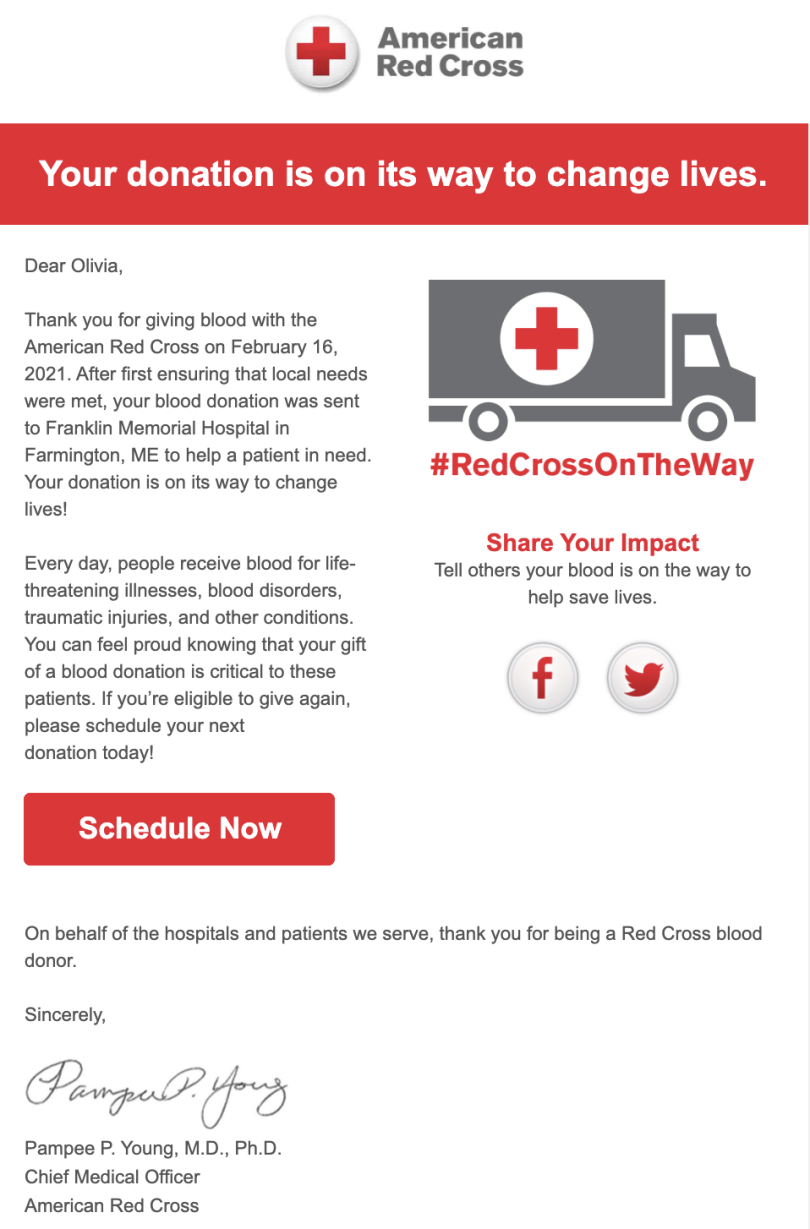Last spring, I found myself suddenly unemployed during the pandemic.
Escaping from the city, I spent 10 weeks applying to and interviewing for product management roles from the eerie familiarity of my childhood bedroom at my parents’ house in the suburbs. As I researched each of my potential new products, I aspired to learn what made each one competitive, special and successful. Through this research across all different types of products, I learned that product success hinges on three core principles.
1. Your Product Must Be Essential
The average adult makes 35,000 decisions per day. What drives these decisions? Fundamentally, each decision you make is designed to pursue a solution to a problem. Let’s say you wake up in the middle of the night uncomfortably cold. What do you do? You could wrap a nearby blanket around you and hope you warm up, you could get up and find socks in the nearby dresser, or you could go all the way downstairs and turn up the thermostat. Whichever decision you make, you are pursuing a solution to the problem of being too cold to sleep.
Now, if you’re a product manager, what product or service could you offer to solve this problem? Perhaps a heated comforter, thermal socks or a phone app that can adjust the temperature with a few taps. All three of these products offer a solution to a user problem, making them essential.
What happens when a company invests in a product that solves no problem? Look no further than 2020’s favorite punchline, Quibi. Quibi was launched in April 2020 to be the first native mobile content streaming service. They created five- to -10-minute episodes that could be viewed in vertical or horizontal mode.Julia Alexander, a reporter at The Verge, put it this way:
“The problem that Quibi could never address was, ‘Why do I need this?’… Without a library of great content that other streamers have or social capabilities that other apps use, Quibi needed one show to get people to open the app. That never happened. There was no reason to ever open Quibi. A streaming service needs to feel essential to people’s daily lives to survive; Quibi never even made the case to get people to download.”
Your MVP and core feature set should leverage your company’s strengths and competencies to provide solutions to your users’ problems. Before you begin working on a new product, spend some time understanding your user through surveys, focus groups and interviews. Once you’ve identified the problem you’re trying to solve, all requirements, designs and engineering work should then focus on providing the best solution to that problem.
2. Your Product Must Be Intuitive
You can’t stop at a product that is only essential. Users demand the products into which they invest their time, money, and attention are also easy to use and understand. (When was the last time you read through an instruction manual to learn how to use an app or website?)
There are two elements to building an intuitive product:
- Good design: Your product’s design should be clear enough that it guides the user to complete their tasks with minimal effort.
- No bugs: When a user encounters friction — like a page that won’t load or an error message — they snap out of the flow of the task they were working through and forces them to figure out a way around it. Or worse, they quit the product altogether because it’s too frustrating.
Last year, a UK web design agency performed a study that measures the effect that poor design and user experience has on user stress levels. Slow-loading pages caused a 21 percent spike in blood pressure, while multiple pop-ups and auto-play music each caused a 20 percent increase.
What happens when you have a product that is essential but not intuitive? This happens frequently in industries with high barriers of entry and few competitors, like utilities. Utility companies do not invest in an intuitive product because they know they don’t have to; with few competitors, their users have no choice but to stay. Personally, I try to avoid using my electric company’s website or my phone service provider’s mobile app because they are the most frustrating digital experiences I have all week.
I’m not alone either: utility apps consistently rank among the lowest average ratings in Apple’s App Store. Companies who believe they don’t need an intuitive product because it’s too difficult for their customers to leave are at risk for disruption. All it takes is one viable competitor to prioritize investing in an intuitive product — like Starry Internet or Mint Mobile — to disrupt the industry.
3. Your Product Must Be Delightful
You can get pretty far with a product that is essential and intuitive, but you’ll still be missing a key piece. Most product managers focus on getting an MVP out the door, then deprioritize all subsequent enhancements to move on to the next product. The secret that these PMs overlook is that, in order to build user evangelism and remain competitive, your product must be delightful.
How do we define delight in the context of product success? Delight is all about creating moments where you user goes, “Wow!” These moments are usually not revenue-driving (or even core features), but they are the parts of your experience that your user remembers. They’re small moments, like confetti animation when a user makes a deposit, a third-party data aggregator seamlessly pulling in data and populating a dashboard or unexpected customization and personalization. Moments of delight breed brand evangelism, which is essential in a competitive marketplace.
As a product manager, I notice these little things in my day-to-day experiences with digital products. The last time I was pleasantly surprised (and delighted!) by a product was when I received this email from the American Red Cross a few weeks after giving blood:

This email thanked me for my donation and told me that my blood had been sent to a hospital in Maine. I smiled, then Googled Franklin Memorial Hospital to discover that it’s a rural community hospital a three-and-a-half-hour drive away from where I live in Boston. I texted a friend and told her how cool it was that my blood donation would help someone in a small town up in Maine I had never even heard of. I then used the CTA in this email to sign up for my next donation.
At most companies, this email wouldn’t make it past MVP. It’s a nice-to-have, but it doesn’t serve a functional or necessary purpose. This email is all about sparking delight and creating a shareable moment. And it worked: I later found out that my friend also signed up to give blood because she wanted to see where her donation would go!
The Takeaway
Take a moment and think about your favorite products, apps or websites. Why do you love them? What makes them special to you? The best products solve a problem for you (essential), are simple and painless to use (intuitive) and spark unexpected moments of joy (delightful).
These are the kinds of products that you’ll want to come back to again and again. You’ll tell your friends about them, gladly sign up for their notifications, and even follow them on social media. As product managers, it is our responsibility to go beyond the MVP and build the essential, intuitive and delightful experiences that our users deserve.





